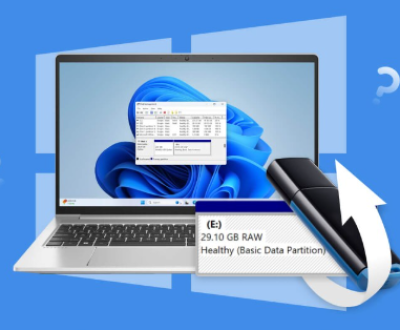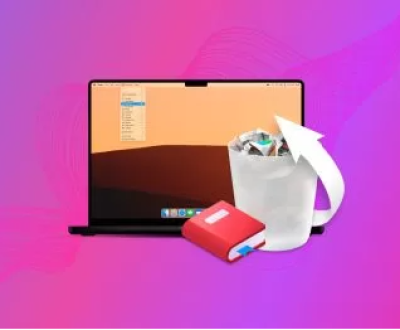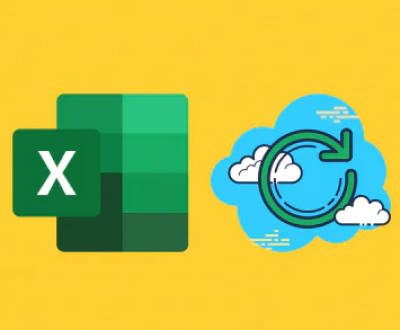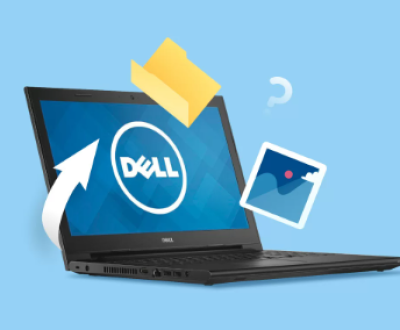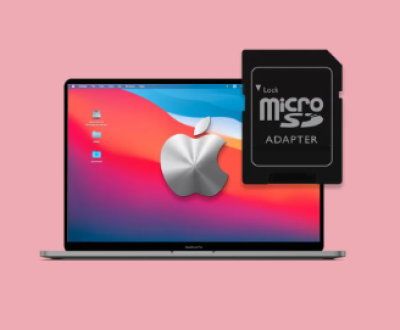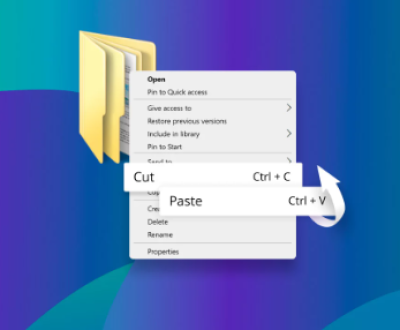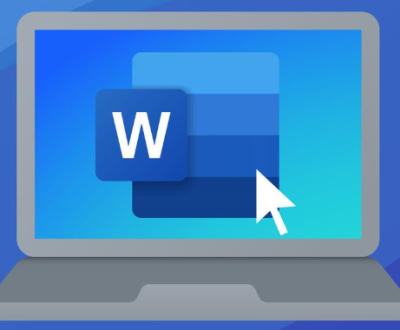External hard drives are essential for storing large amounts of data, including backups, media files, and important documents. Seagate, a trusted name in storage devices, offers a variety of external hard drives, ranging from portable options to desktop models. Despite their reliability, external drives can sometimes run into issues that prevent them from showing up in File Explorer.
When a Seagate external hard drive isn’t recognized, it can occur for various reasons, including faulty cables, improper drive formatting, driver issues, or even hardware failure. Thankfully, most of these issues can be resolved through troubleshooting steps that range from simple fixes to more advanced procedures like reformatting or using data recovery tools.

Step 1: Check Physical Connections
1.1 Inspect the USB Cable and Ports
One of the simplest reasons your Seagate external hard drive isn’t showing up could be a faulty USB cable or port. External hard drives are typically powered via USB, so any disruption in the cable or port connection could cause it to fail to appear in File Explorer.
Test the USB cable: Swap the USB cable with another one if available, and make sure it’s securely plugged in. Faulty cables are a common issue that can be easily overlooked.
Try a different port: Plug the external hard drive into a different USB port on your computer. It’s possible that the port you’re using is faulty or not supplying enough power for the drive to function correctly.
Use a powered USB hub: If you’re using a laptop or a USB port with limited power, try using a powered USB hub to ensure the drive gets enough power to operate.
1.2 Try on Another Computer
Sometimes the issue can be with the computer rather than the external hard drive itself. To rule out computer-specific problems, try connecting your Seagate external hard drive to a different computer. If it works on another machine, the issue could be related to your computer’s settings or drivers.
1.3 Power Supply (For Desktop Models)
If you’re using a Seagate desktop external hard drive, it might have a separate power supply. Ensure that the power supply is properly connected and the drive is receiving enough power. If the drive has a light indicator, check if it’s lit up when plugged in. If there’s no light, the drive may not be powered on properly.
Step 2: Check Disk Management
If the drive is physically connected and powered on but still doesn’t show up in File Explorer, it’s time to check if the drive is recognized by Windows in Disk Management.
2.1 Open Disk Management
Press Windows Key + X and select Disk Management from the menu.
Look for your Seagate external hard drive in the list of drives. If it’s present but not showing in File Explorer, there could be an issue with its partition or file system.
2.2 Assign a Drive Letter
In some cases, the external hard drive might be recognized by Windows but lacks a drive letter, which prevents it from showing up in File Explorer. To assign a drive letter:
Right-click on the drive in Disk Management.
Select Change Drive Letter and Paths.
Click Add, then choose a letter for your drive.
Click OK to confirm.
After assigning the drive letter, check if the drive appears in File Explorer.
2.3 Format the Drive (If Necessary)
If your Seagate drive is showing up in Disk Management but has an Unallocated or RAW status, you may need to create a new partition and format the drive.
Warning: Formatting the drive will erase all the data stored on it. Only proceed if you’re prepared to lose the data or have already backed it up.
To format the drive:
Right-click on the Unallocated space and select New Simple Volume.
Follow the on-screen instructions to partition and format the drive. Choose NTFS (or exFAT for cross-platform compatibility) as the file system.
Once the process is complete, the drive should appear in File Explorer.
Step 3: Update or Reinstall Drivers
Driver issues are another common cause of external drives not being recognized. Outdated or corrupt drivers can prevent Windows from detecting your Seagate external hard drive.
3.1 Update USB Drivers
Press Windows Key + X and choose Device Manager.
Expand the Universal Serial Bus Controllers section.
Right-click on each USB Root Hub and select Update driver.
Choose Search automatically for updated driver software and let Windows find and install any available updates.
3.2 Uninstall and Reinstall the Drivers
If updating doesn’t solve the problem, you can try uninstalling and reinstalling the drivers.
In Device Manager, right-click on Disk Drives and choose Uninstall device.
Disconnect your Seagate external hard drive from the computer and restart your system.
After the restart, reconnect the drive, and Windows should automatically reinstall the drivers.
3.3 Reinstall USB Controllers
Similarly, you can try uninstalling and reinstalling your USB controllers to fix the problem.
In Device Manager, under Universal Serial Bus Controllers, right-click on each entry and select Uninstall device.
Restart your computer and reconnect the Seagate external drive. Windows will automatically reinstall the necessary drivers.
Step 4: Check for Hardware Issues
If none of the above steps resolve the issue, it’s possible that the Seagate external hard drive itself is malfunctioning. Hardware issues such as a damaged drive, faulty USB port, or internal component failure can prevent the drive from being detected.
4.1 Check for Physical Damage
Inspect the external hard drive for visible signs of damage. Look for cracks, bent USB connectors, or frayed cables that could be interfering with its operation. If there’s noticeable physical damage, you may need to contact Seagate support for repair or replacement.
4.2 Test the Drive on Different Operating Systems
If possible, test the Seagate drive on different operating systems, such as macOS or Linux, to see if the issue is related to Windows. If the drive works on other platforms but not on Windows, the issue may be with the Windows OS or its drivers.
4.3 Use Seagate Diagnostic Tools
Seagate provides a diagnostic tool called SeaTools, which can help you determine whether the drive has hardware issues. This tool can perform tests to check the health of your external hard drive.
Download and install SeaTools from Seagate’s website.
Run the diagnostics on your Seagate external hard drive.
If the tool detects errors, it will suggest corrective actions or inform you of any hardware failure.
Step 5: Data Recovery (If Necessary)
If your Seagate external hard drive still isn’t showing up in File Explorer and you suspect it may be damaged, you may need to use data recovery tools to retrieve your files.
5.1 Use Data Recovery Software
Panda Assistant is a versatile data recovery software designed to help users retrieve lost or deleted files from various storage devices, including hard drives, SSDs, USB drives, memory cards, and more. Whether files were accidentally deleted, lost due to a system crash, or corrupted through formatting, Panda Assistant provides an intuitive and reliable solution for file recovery.
One of the standout features of Panda Assistant is its ease of use. The software offers a user-friendly interface that guides you through the recovery process with minimal effort. Even those with limited technical experience can recover files in just a few clicks. Panda Assistant supports a wide array of file formats, including documents, images, videos, and even application data, making it a powerful tool for both personal and professional use.
Another notable feature is its advanced scanning algorithm. Panda Assistant can perform deep scans to find files that are difficult to recover, including those that have been permanently deleted or lost due to formatting. It can recover data from damaged or corrupted storage devices, making it an essential tool for data recovery after physical damage or file system errors.
5.2 Contact Seagate Support
If the drive has suffered physical damage, or if you’re unable to recover the data using software, contacting Seagate support might be your next best option. Seagate offers data recovery services through authorized partners who specialize in recovering data from failed hard drives.
About us and this blog
Panda Assistant is built on the latest data recovery algorithms, ensuring that no file is too damaged, too lost, or too corrupted to be recovered.
Request a free quote
We believe that data recovery shouldn’t be a daunting task. That’s why we’ve designed Panda Assistant to be as easy to use as it is powerful. With a few clicks, you can initiate a scan, preview recoverable files, and restore your data all within a matter of minutes.
Subscribe to our newsletter!
More from our blog
See all postsRecent Posts
- Retrieve files from usb 2025-07-04
- How to retrieve overwritten excel file 2025-07-04
- How to retrieve lost files on sd card 2025-07-04

 Try lt Free
Try lt Free Recovery success rate of up to
Recovery success rate of up to

